Insects are an important part of our ecosystem, but they aren’t always a tree’s best friend. When splitting this black locust log, Kevin noticed that a pest made a system of tunnels within the trunk. The culprit in this case is likely the locust borer (Megacyllene robiniae).
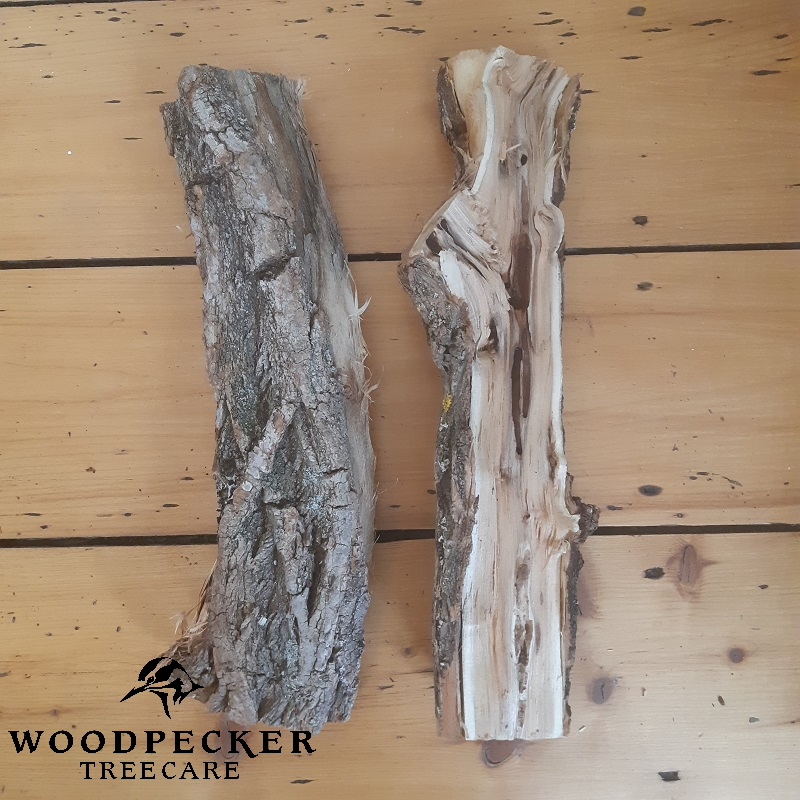
The black locust tree is native to the eastern United States, but can be found all over North America. It produces beautiful flowers in early summer, which can be spotted on Mount Allison campus between the Ralph Pickard Bell Library and the Swan Pond.
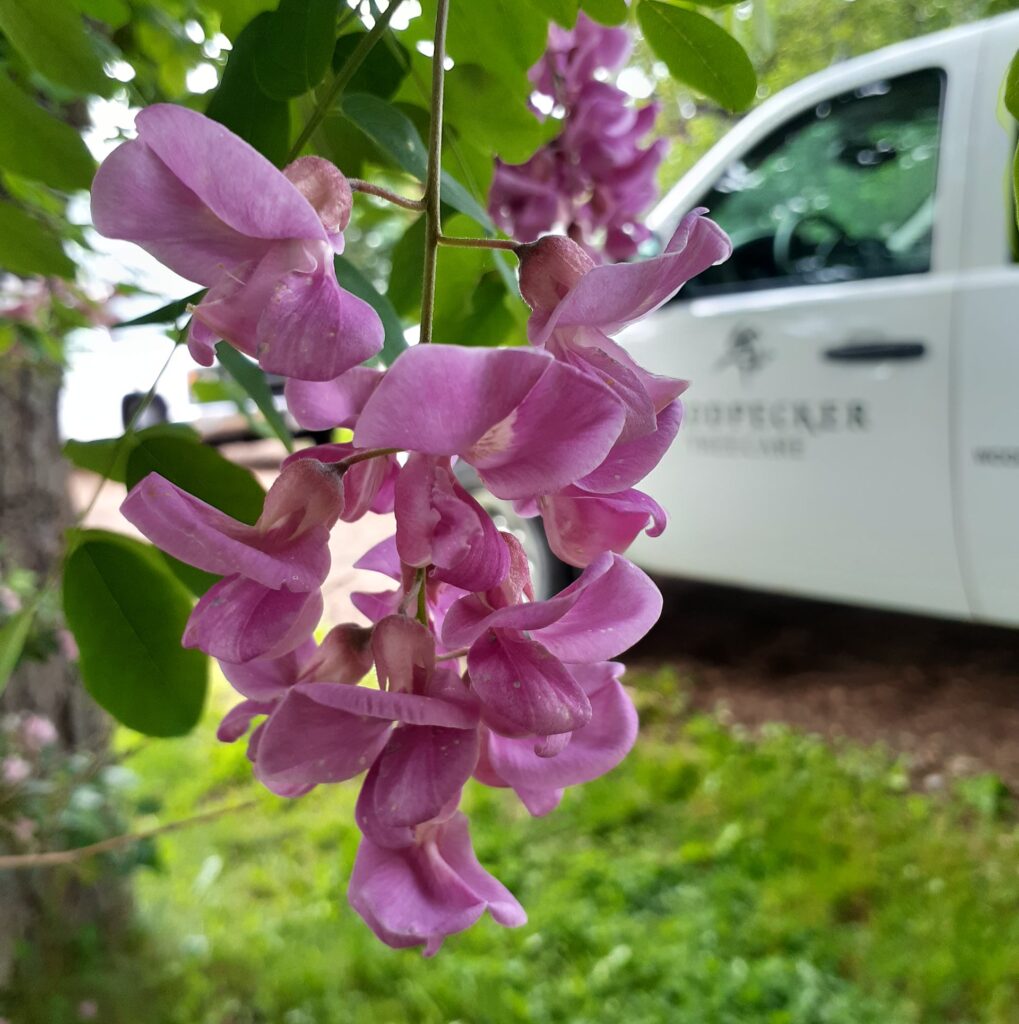
They are planted around the world for erosion control, and different parts of the tree are used in traditional Indian medicine as laxative, antispasmodic, and diuretic (be careful: the bark, leaves, and wood are toxic to humans and livestock). In some areas, the black locust is considered an invasive species, it’s even banned in Massachusetts.
For a species to be considered invasive, it needs to meet the following criteria:
- The species must be non-native to the region.
- It is fast-growing and reproduces quickly.
- There is a lack of natural predators to slow its growth.
- There are a lack of natural defense mechanisms in host species.
Here in Canada, the black locust has not been identified as an invasive species.
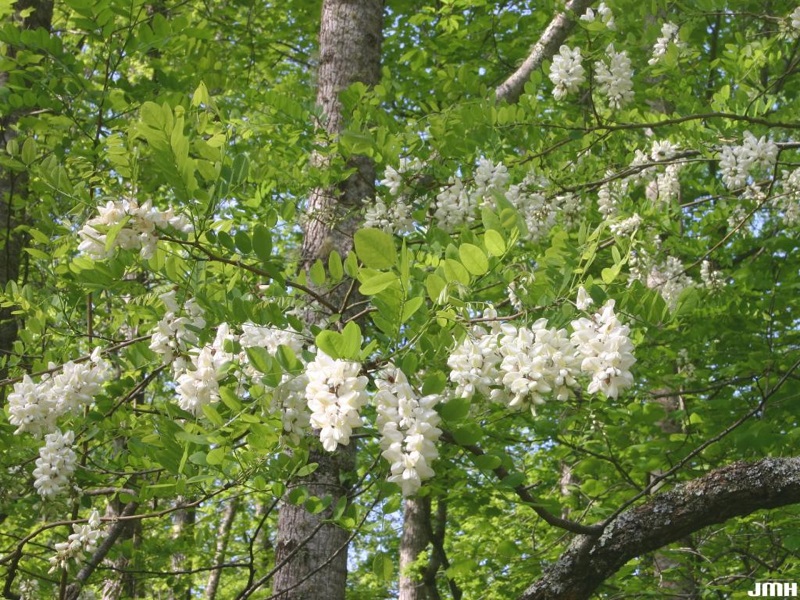
This particular black locust was dealing with a tiny pest tunneling through it, likely the locust borer. The female locust borers are often found scurrying over the bark of a black locust in the fall, searching for a wound to lay their eggs in. Once they do, larvae will hatch within the tree bark and hibernate during the winter. As the frost melts, the larvae will awaken and tunnel throughout the inside of the black locust’s trunk, which can be a site of a future fungal infection. The dark spots on the inside of the log are old locust borer tunnels.
This black locust was infested with locust borer larvae, but there aren’t many clues about the infestation on the outside of the tree. If you have a black locust tree, keep an eye out for female locust borers in the fall.
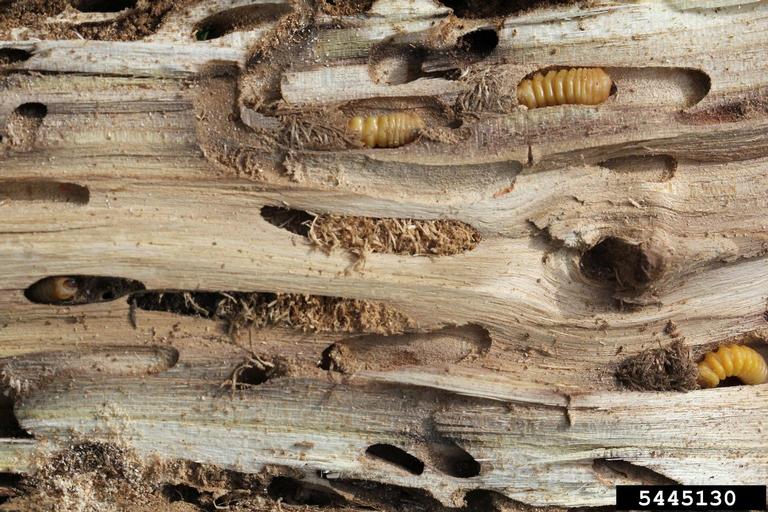
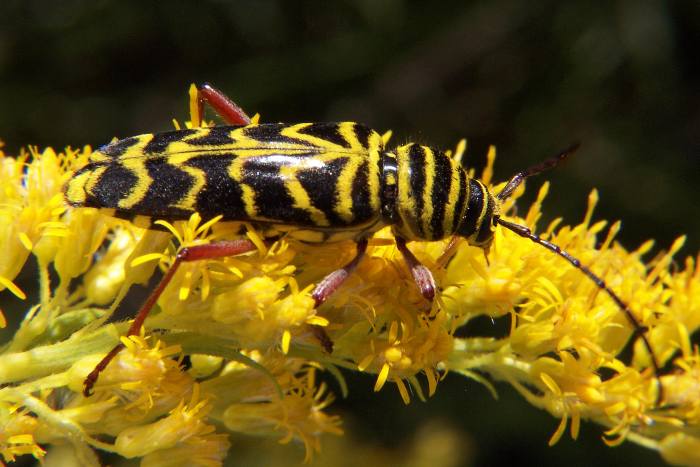
Find any woodshed wonders in your stockpile this winter? Send a photo and we may dissect them for you.